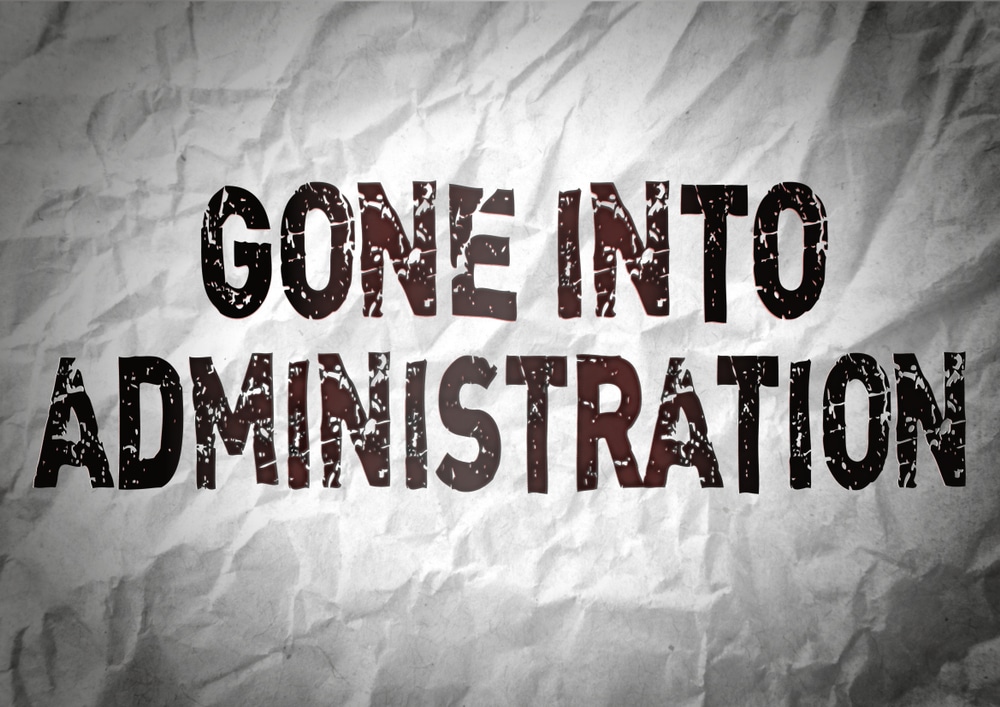A Comprehensive Take A Look At Company Administration UK: Impacts on Employees and Workflow
A Comprehensive Take A Look At Company Administration UK: Impacts on Employees and Workflow
Blog Article
The Refine and Effects of a Company Getting Into Management
As a company deals with monetary distress, the decision to go into management marks an essential point that can have far-reaching ramifications for all entailed celebrations. The procedure of getting in administration is complex, including a series of steps that aim to navigate the business in the direction of possible healing or, in some situations, liquidation. Recognizing the duties and duties of a manager, the effect on different stakeholders, and the legal obligations that come into play is vital in understanding the gravity of this scenario. The consequences of such a relocation surge past the company itself, forming its future trajectory and affecting the more comprehensive service landscape.
Summary of Company Administration Process
In the world of corporate restructuring, an important preliminary action is obtaining a detailed understanding of the detailed company management process. Company administration describes the official insolvency procedure that aims to rescue a financially troubled business or accomplish a much better result for the business's financial institutions than would be feasible in a liquidation scenario. This procedure includes the consultation of an administrator, that takes control of the firm from its supervisors to examine the monetary scenario and determine the most effective course of action.
During management, the company is granted security from legal action by its financial institutions, providing a moratorium duration to create a restructuring strategy. The administrator functions with the business's monitoring, lenders, and various other stakeholders to create a strategy that might entail marketing business as a going worry, reaching a company voluntary setup (CVA) with creditors, or eventually positioning the firm into liquidation if rescue efforts prove futile. The main objective of firm administration is to make the most of the go back to creditors while either returning the business to solvency or shutting it down in an orderly way.

Duties and Responsibilities of Administrator
Playing a critical role in overseeing the firm's decision-making processes and economic affairs, the administrator presumes substantial responsibilities throughout the company restructuring process. The key task of the manager is to act in the finest passions of the firm's financial institutions, aiming to attain the most positive end result possible - what happens to employees when a company goes into liquidation. This involves carrying out a detailed assessment of the company's financial circumstance, establishing a restructuring strategy, and carrying out techniques to maximize returns to lenders
Furthermore, the manager is in charge of communicating with various stakeholders, including staff members, suppliers, and regulative bodies, to ensure openness and conformity throughout the administration process. They should additionally communicate effectively with investors, offering regular updates on the company's progression and seeking their input when essential.
In addition, the manager plays a crucial duty in taking care of the day-to-day procedures of business, making essential decisions to preserve connection and protect value. This consists of examining the viability of different restructuring choices, bargaining with creditors, and inevitably assisting the company in the direction of a successful leave from management.
Impact on Firm Stakeholders
Presuming an essential placement in supervising the firm's decision-making processes and financial affairs, the manager's actions during the company restructuring process have a straight influence on various business stakeholders. Consumers might experience disruptions in solutions or product availability during the administration procedure, impacting their depend on and loyalty towards the firm. Furthermore, the area where the company runs could be impacted by prospective job losses or changes in the company's procedures, affecting neighborhood economic situations.
Lawful Ramifications and Obligations
Throughout the procedure of company administration, cautious consideration of the legal implications and obligations is extremely important to make certain conformity and secure the passions of all stakeholders included. When a company enters administration, it activates a collection of lawful requirements that should be stuck to. Among the primary obligations is for the assigned manager to act in the very best passions of the company's creditors. This task needs the administrator to carry out complete investigations right into the business's affairs, analyze its monetary position, and establish a strategy to maximize go back to financial institutions.
Additionally, legal ramifications arise worrying the treatment of workers. The manager must adhere to work laws relating to redundancies, staff member civil liberties, and obligations to provide essential information to worker reps. Failing to follow these legal requirements can cause lawsuit against the business or its managers.
In addition, the company getting in management may have contractual responsibilities with different events, consisting of landlords, customers, and providers. These contracts require to be assessed to establish the most effective course of action, whether to end, renegotiate, or meet them. Failing to manage these legal responsibilities appropriately can bring about conflicts and prospective lawful consequences. Basically, understanding and satisfying legal responsibilities are critical elements of browsing a firm via the administration process.
Techniques for Firm Healing or Liquidation
In taking into consideration the future instructions of a business in straight from the source management, tactical preparation for either healing or liquidation is essential to chart a sensible course forward. When going for business healing, key methods may include performing a comprehensive evaluation of business procedures to determine inefficiencies, renegotiating contracts or leases to improve capital, and carrying out cost-cutting actions to boost profitability. Furthermore, seeking brand-new investment or funding options, branching out earnings streams, and concentrating on core expertises can all add to an effective recuperation strategy.

Conclusion
To conclude, the procedure of a firm getting in administration entails the appointment of a manager, who takes on the responsibilities of managing the firm's affairs. This procedure can have considerable repercussions for various stakeholders, consisting of creditors, investors, and employees. It is necessary for business to meticulously consider their Continued alternatives and techniques for either recuperating from economic problems or waging liquidation in order to minimize potential legal ramifications Clicking Here and commitments.
Company administration refers to the formal insolvency treatment that intends to save a monetarily troubled company or achieve a far better result for the company's financial institutions than would be possible in a liquidation situation. The manager functions with the firm's monitoring, financial institutions, and various other stakeholders to devise a strategy that may include offering the company as a going concern, reaching a company voluntary arrangement (CVA) with creditors, or ultimately putting the business into liquidation if rescue attempts verify futile. The key objective of company administration is to make the most of the return to financial institutions while either returning the company to solvency or closing it down in an organized fashion.
Assuming a vital setting in managing the business's monetary affairs and decision-making procedures, the administrator's actions throughout the company restructuring procedure have a direct impact on numerous firm stakeholders.In conclusion, the procedure of a company entering management entails the visit of an administrator, that takes on the obligations of handling the business's events.
Report this page